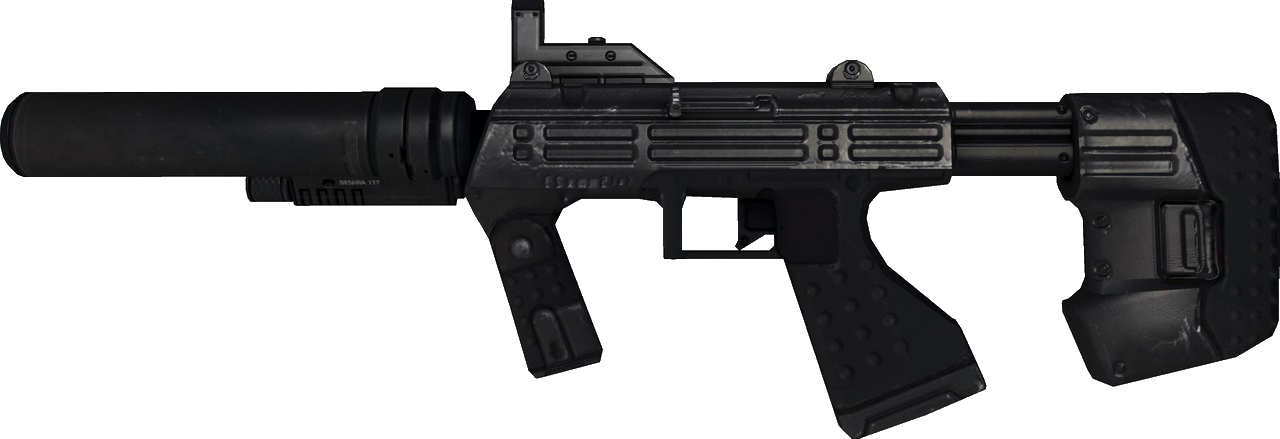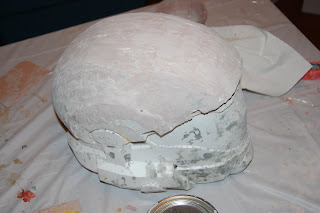I've started with a PEP (Pepakura) file of this weapon, but I felt that not only would it take arduous amounts of time to cut out and assemble it, but I wouldn't get the details I want. I ran into this same problem when building my ODST helmet. I asked myself, why cut out these tiny little flaps and try to glue them together when I can go back with clay or Bondo later and get them to my exact specifications. (PS only do it with sculpting clay if you are just going to make a mold; it isn't a material that can be painted/worn around)
I decided to try my own concoction of methods using what I've seen other people do, and what I think will work nicely. Then I took the measurements and sketched them to scale on some 1/8th" foam core board. I cut them out so that I would have multiple of the same so that I could put them side by side. This process is known as "Slicing."
Once cut out I glued them side by side being careful to leave the parts with a function empty.
The idea was to make a few pieces that once refined, I could assemble together to have a semi-functioning replica. I fittingly narrowed the M7S down to 7 parts; The sight (to be added later), the left and right sides of the action, the vertical folding fore-grip, the stock, the magazine and the barrel/suppressor/flashlight(to be added later).
 The product is an ugly foam ba***rd child of which I will use as a base to build my M7S. I thought it would be fitting to draw some details on just for funzies; buy the next step in this will be to to Bondo some better edges and and sculpting clay to areas where I want more detail. After that I'm going to make a mold of the parts (one time use) in order to make something I can cut/sand into and make some more details. Im going to attach actual Picatinny rails to this model, so that sights can be added. Finally I will add the barrel/suppressor/flashlight out of PVC and make a final casting of which I can produce multiple copies.
The product is an ugly foam ba***rd child of which I will use as a base to build my M7S. I thought it would be fitting to draw some details on just for funzies; buy the next step in this will be to to Bondo some better edges and and sculpting clay to areas where I want more detail. After that I'm going to make a mold of the parts (one time use) in order to make something I can cut/sand into and make some more details. Im going to attach actual Picatinny rails to this model, so that sights can be added. Finally I will add the barrel/suppressor/flashlight out of PVC and make a final casting of which I can produce multiple copies.
If you've got any tips/ideas/comments/questions and/or concerns feel free to comment or drop me a line, and I would be more than happy to respond!





















